Recommended by RDN The Healthiest Seafood

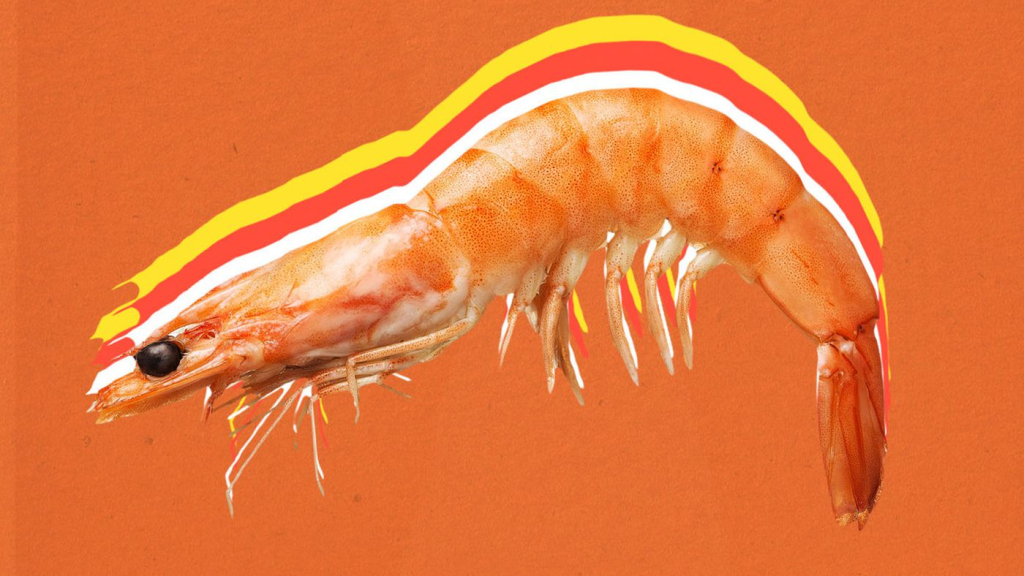
Here a fact: Americans don’t get enough healthy seafood. “Yet so much research shows that if we ate more, we would live longer and healthier lives,” says Frances Largeman-Roth, RDN food and nutrition expert and author of Eating in Color. To help us make better food choices for ourselves, we asked Largeman-Roth for her top seafood and fatty fish recommendations based on their health benefits. We’ve also included some preparation tips and mouthwatering recipes to inspire your seafood journey, whether you’re on a diet or seeking to be healthier.
Fatty Fish
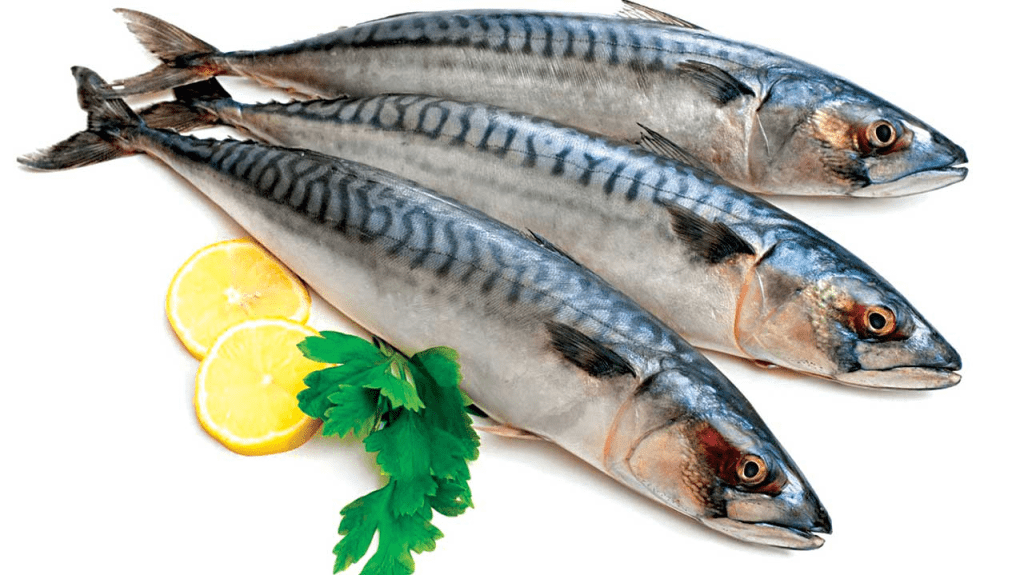
The American Heart Association recommends eating two (3.5-ounce, cooked) servings of fatty fish per week, but only about 10 percent of us do. Fatty fish include salmon, albacore tuna (canned), mackerel, herring, lake trout and sardines.
Largeman-Roth says fish is a great source of protein, but its real benefit is the omega-3 fatty acids it contains. omega-3s not only reduce the risk of heart disease and stroke, but are also important for brain health. omega-3 fats build throughout the body and brain Omega-3 fats build cell membranes throughout the body and in the brain and perform anti-inflammatory functions in the body, helping to promote healthier brain cells.
Related: How to safely select, store and serve seafood
Shrimp
Shrimp is by far the easiest and fastest way to cook any type of seafood: It takes just two minutes per side and dinner is ready (or a total of 20 minutes to make a sizzling shrimp and noodle stir-fry). It’s kid-friendly, too. “I like to use shrimp in frittatas, salads and grilled shrimp tacos,” Largeman-Roth says. “I clean them, but leave the tails on for more flavor.” Shrimp are very low in calories, with only 84 calories per 3-ounce serving. They also contain 20 grams of protein, lots of the minerals iron and zinc, and 300 milligrams of omega-3s.
Crab
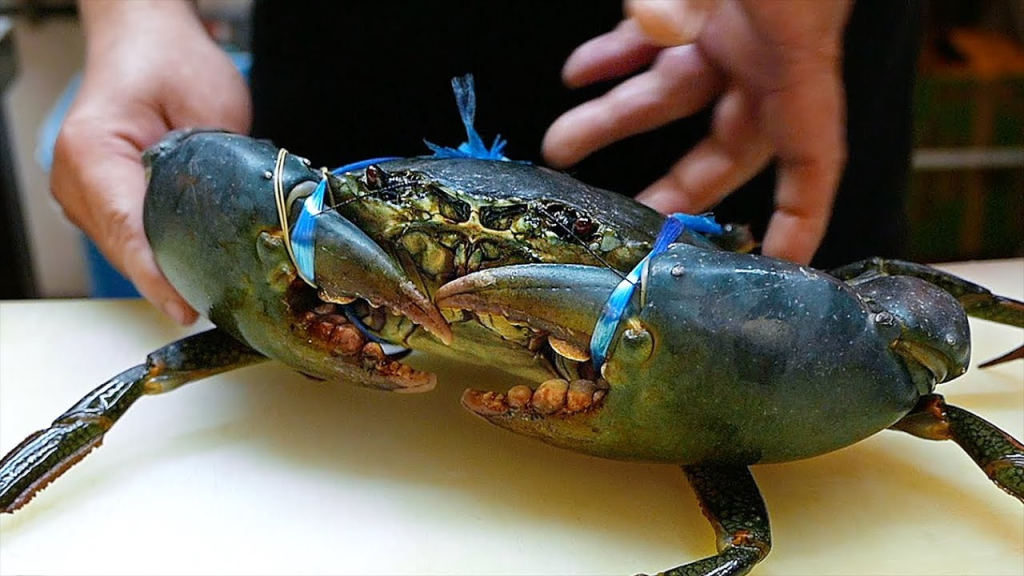
It may seem like it’s only for special occasions, but crab is something you should enjoy all year round (that is, if you actually know how to break it down and eat it). Depending on the species, crab ranges from 80 to 100 calories per 3-ounce serving and provides 16 to 20 grams of protein and 350 to 400 mg of omega-3 fatty acids (DHA + EPA). Pro tip: Cooking with crab becomes more affordable when you use it in recipes like quick and easy crab cakes or creamy crab gumbo.
Salmon
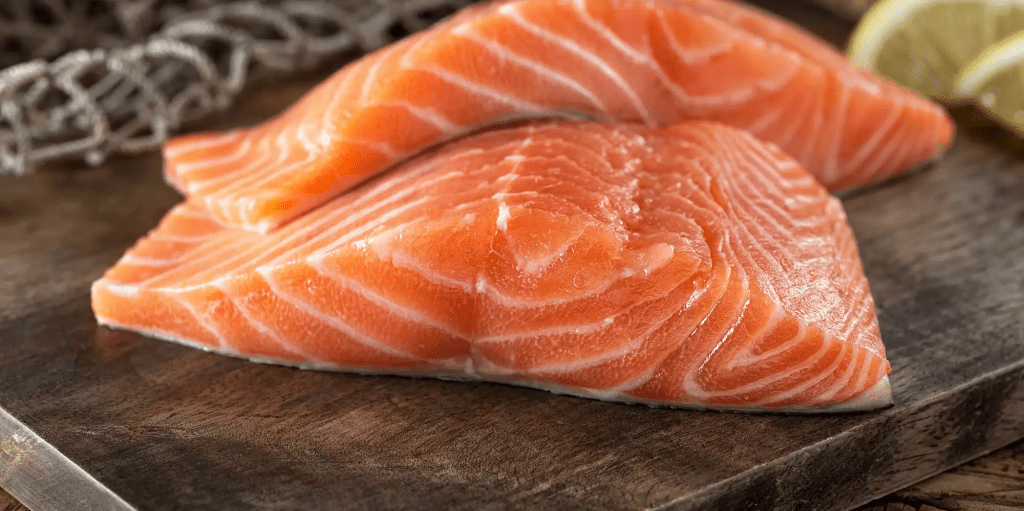
Salmon is rich in omega-3s and is very easy to cook. If you don’t believe us, try making a simple pan of salmon with potatoes and broccoli as an appetizer. Or you can drizzle the fillets with a little olive oil, sprinkle some sea salt on top and bake in a 400 F oven for 20 minutes. largeman-Roth recommends choosing Alaskan salmon whenever possible because it is wild-caught and sustainable.
Canned albacore tuna
“I’m a big fan of canned tuna because it’s portable and versatile,” Largeman-Roth says. You can add it to salads, use it in sandwiches and wraps, or even add it to fresh pasta. A 2-ounce can of albacore tuna (half a can) has only 60 calories and 13 grams of protein, making it an excellent source of omega-3 fatty acids. “You don’t need to fill it with mayonnaise to make it delicious: I like to mix the canned tuna with EVOO, fresh lemon juice, prickly mandarin, chopped Italian parsley, peas and orecchiette pasta. It’s very hot or at room temperature. “
Scallops
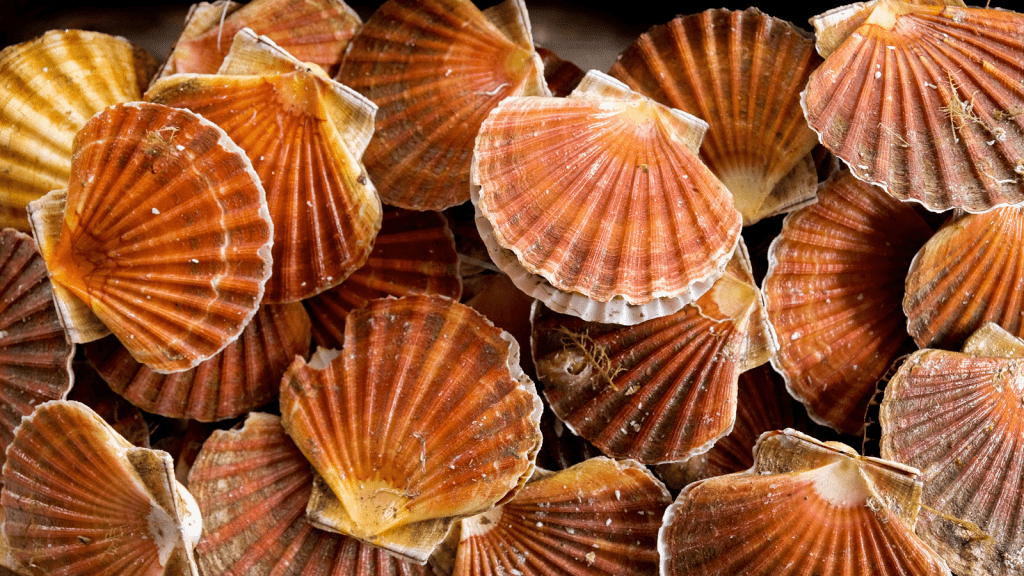
Scallops can be daunting to cook because they don’t brown like shrimp, and overcooked scallops are a very sad thing. But fully cooked scallops are easier than you might think. You just need to pat them dry with paper towels first, then place them in a very hot frying pan and sear them on both sides until golden brown (2 to 3 minutes per side). Serve them on top of quinoa, chickpea pasta or salad. A 3-ounce serving of scallops (3 to 4 scallops) contains about 96 calories, 12 grams of protein and 22 milligrams of brain-boosting nutrient choline.
Cod
For those who think they don’t like the taste of fish, cod is a great option – if you follow the recipe for baked cod with tomatoes and prickly bergamot, you’ll barely taste it. If you prefer to keep it simple, the cod fillets can be coated with a thin layer of breadcrumbs and baked at 450 F for 10 to 12 minutes. It’s also great in fish tacos. Atlantic cod is very mild and friable, with only 70 calories and 17 grams of protein per 3-ounce serving, and it doesn’t have any total fat or saturated fat.